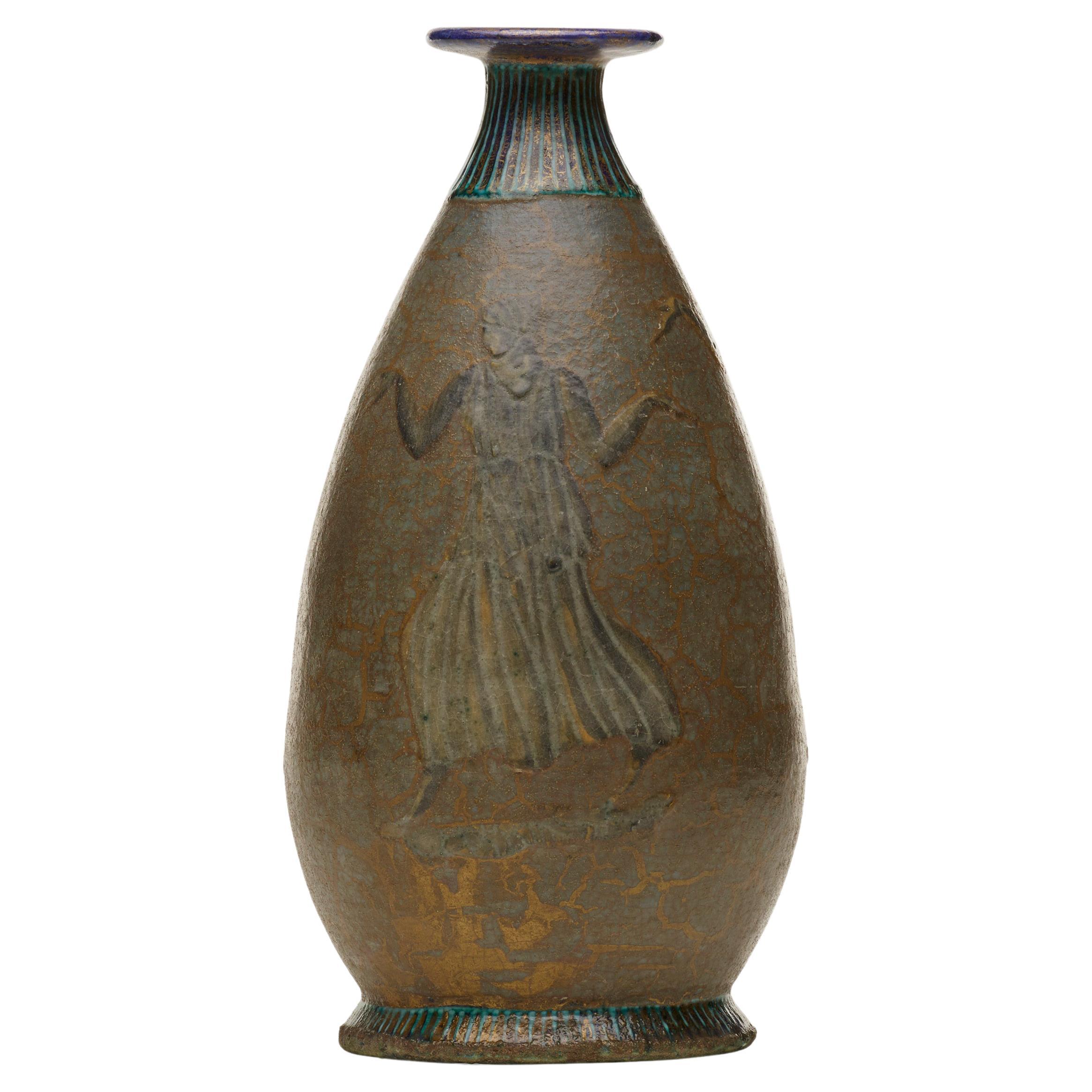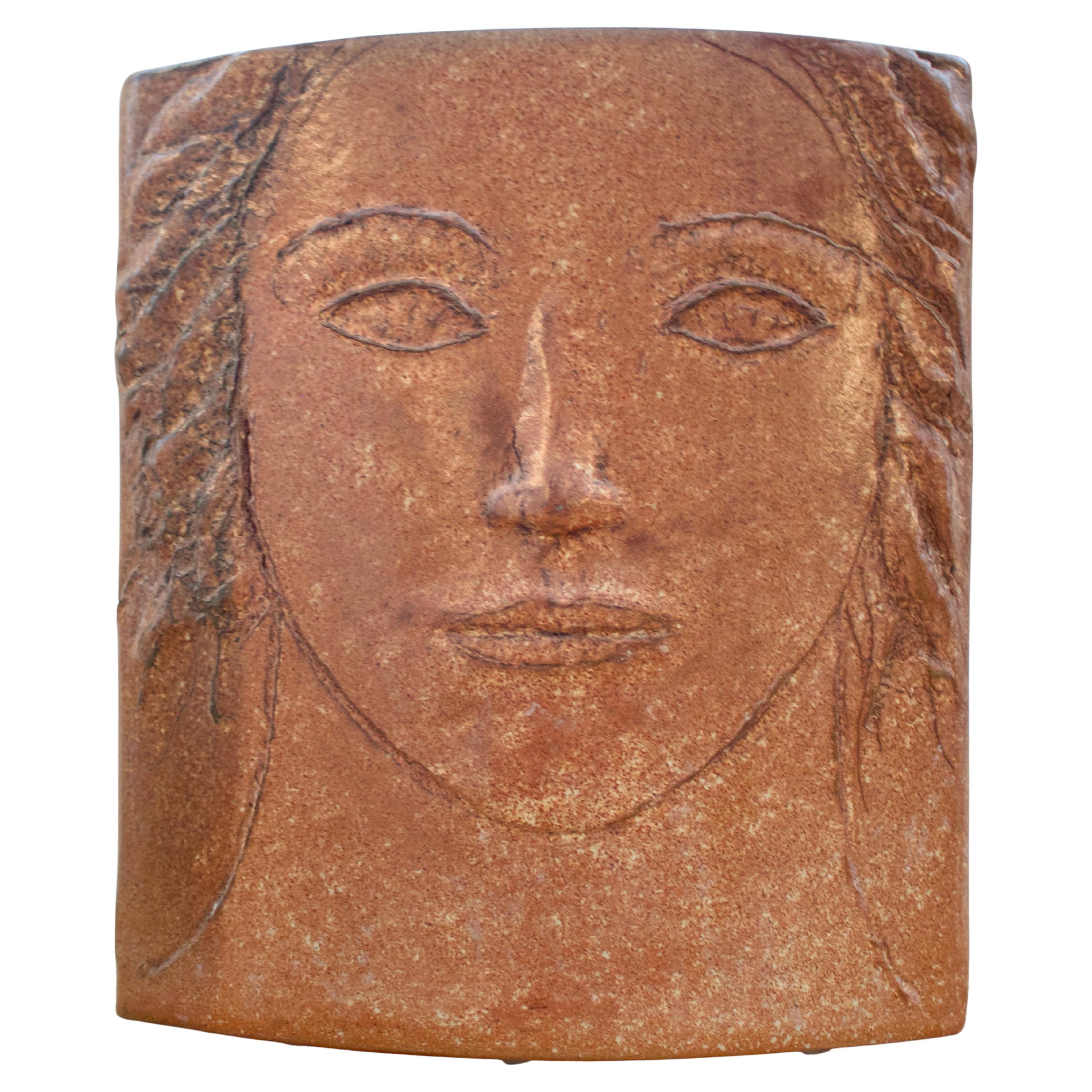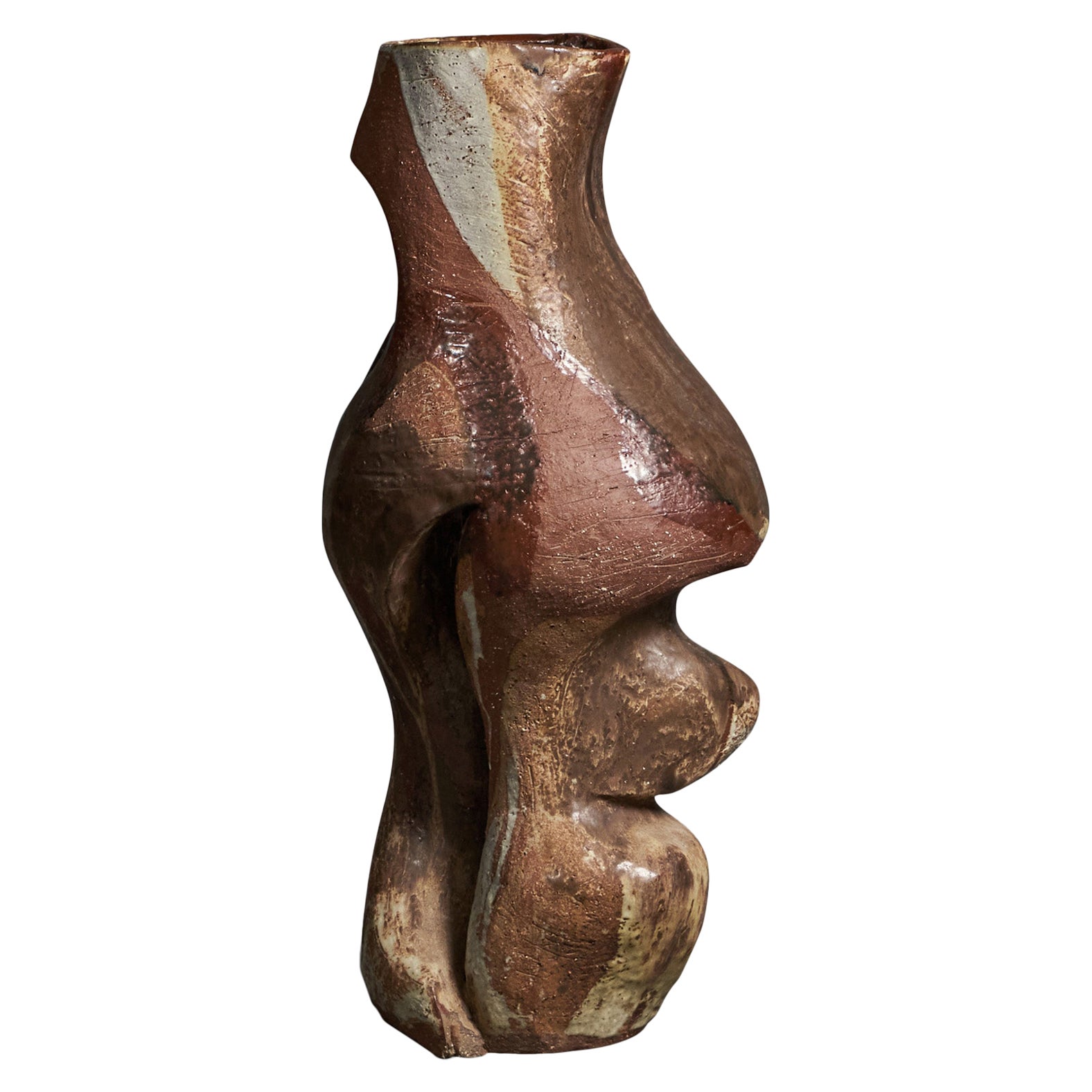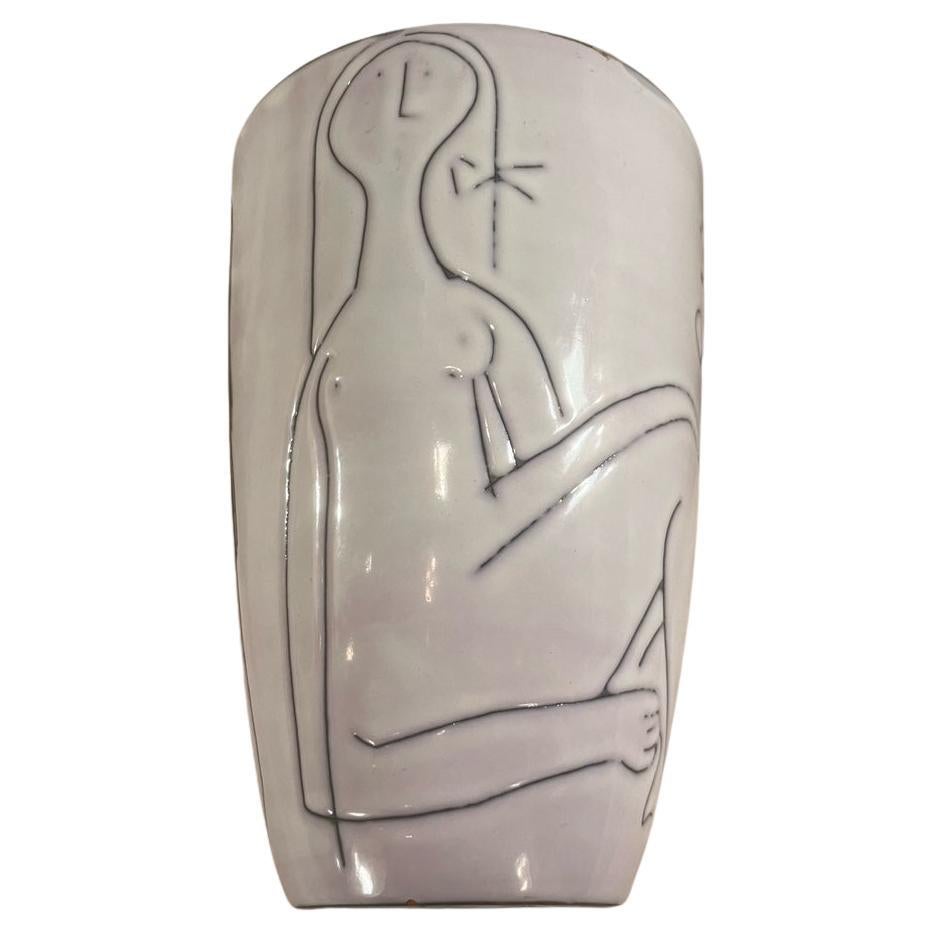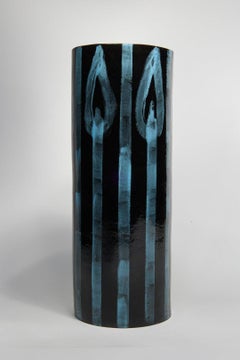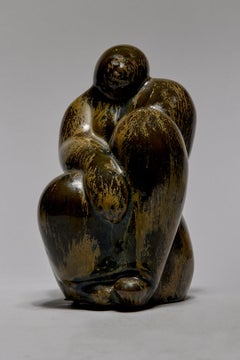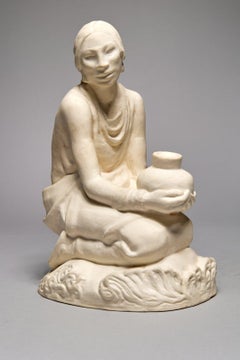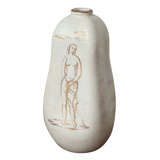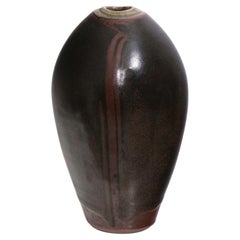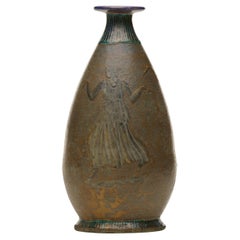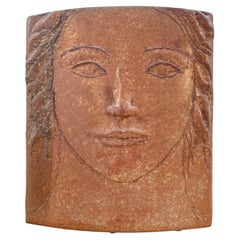Items Similar to Jacobson (20th Century) - Mid-Century Ceramic Portrait Vase
Want more images or videos?
Request additional images or videos from the seller
1 of 5
UnknownJacobson (20th Century) - Mid-Century Ceramic Portrait Vase1949
1949
$1,500
£1,132.01
€1,295.98
CA$2,115.50
A$2,322.55
CHF 1,211.68
MX$28,106.12
NOK 15,186.53
SEK 14,309.71
DKK 9,674.14
About the Item
Jacobson (20th Century)
Portrait Vase, 1949
Ceramic
Signed and dated on bottom
13 x 6 x 6 inches
About the Seller
5.0
Platinum Seller
Premium sellers with a 4.7+ rating and 24-hour response times
Established in 1975
1stDibs seller since 2022
39 sales on 1stDibs
Typical response time: <1 hour
- ShippingRetrieving quote...Shipping from: Beachwood, OH
- Return Policy
Authenticity Guarantee
In the unlikely event there’s an issue with an item’s authenticity, contact us within 1 year for a full refund. DetailsMoney-Back Guarantee
If your item is not as described, is damaged in transit, or does not arrive, contact us within 7 days for a full refund. Details24-Hour Cancellation
You have a 24-hour grace period in which to reconsider your purchase, with no questions asked.Vetted Professional Sellers
Our world-class sellers must adhere to strict standards for service and quality, maintaining the integrity of our listings.Price-Match Guarantee
If you find that a seller listed the same item for a lower price elsewhere, we’ll match it.Trusted Global Delivery
Our best-in-class carrier network provides specialized shipping options worldwide, including custom delivery.More From This Seller
View AllLarge 20th Century Ceramic Vase w/ Flowers, French Artist
By Roger Capron
Located in Beachwood, OH
Roger Capron (French, 1922-2006)
Vase
Ceramic
Signed on bottom
15.75 x 6 inches
French ceramist Roger Capron was born in Vincennes in 1922. He studied at Paris’s School of Applied A...
Category
Late 20th Century More Art
Materials
Ceramic
$2,400 Sale Price
20% Off
Mid-Century Ceramic Sculpture of a Seated Female, Cleveland School Artist
Located in Beachwood, OH
Walter Sinz (American, 1881-1966)
Seated Female, c. 1940
Ceramic
6 x 3.5 x 3.5 inches
Walter A. Sinz was an American sculptor born in Cleveland, Ohio on July 13, 1881. Sinz’s fathe...
Category
1940s Figurative Sculptures
Materials
Ceramic
Early 20th Century Cowan Pottery Ceramic Sculpture of a Native American
By F. Luis Mora
Located in Beachwood, OH
F. Luis Mora (American, 1874-1940)
Native American, c. 1930s
Ceramic
Stamped on bottom, Cowan Pottery
9 x 7 x 5 inches
Francis Luis Mora was one of the better-known American artists...
Category
1930s Figurative Sculptures
Materials
Ceramic
Early 20th Century Ceramic Bust of a Woman, Cleveland School Artist
Located in Beachwood, OH
Edris Eckhardt (American, 1905-1998)
Bust, 1933
Ceramic
Signed and dated base
8.5 x 4.5 x 4.5 inches, including base
Born in Cleveland, Ohio January 28, 1905, Edris was given the na...
Category
1930s Figurative Sculptures
Materials
Ceramic
Faces Vase, 20th Century Ceramic Drama Masks, Italian Artist
By Marcello Fantoni
Located in Beachwood, OH
Marcello Fantoni (Italian, 1915-2011)
Faces Vase
Ceramic
Signed on bottom
10.5 x 5.5 x 6 inches
Marcello Fantoni was an Italian sculptor, ceramicist, metalworker, multi-media artist...
Category
Mid-20th Century More Art
Materials
Ceramic
$2,400 Sale Price
20% Off
Bust of Josephine Baker, Mid-Century Ceramic Female Face
By Vally Wieselthier
Located in Beachwood, OH
Attributed to Vally Wieselthier (Austrian-American, 1895-1945)
Bust of Josephine Baker, c. 1930
Ceramic
Stamped on base
11.5 x 5.5 x 5.5 inches
Vally Wieselthier (1895 Vienna--1945 ...
Category
1930s Figurative Sculptures
Materials
Ceramic
You May Also Like
Mid-Century Ceramic Vase by Eugenio Pattarino
By Pattorino
Located in Montreal, QC
Italian ceramic pear-shaped vase by Eugenio Pattarino signed "Pattarino."
Category
Vintage 1950s Italian Vases
Materials
Ceramic
John Jelphs, Vase
Located in London, GB
Glazed stoneware
H30 x D19 cm
Category
20th Century Ceramics
Materials
Stoneware
$3,487
Ceramic Vase by Jean Mayodon
Located in Montreal, QC
Ceramic vase by Jean Mayodon the brown glazed finish showing a representation of Bacchante. Artist's cipher to underside. Provenance: Seymour Stein Collec...
Category
Vintage 1920s French Art Deco Vases
Materials
Ceramic
“Morgane” French cubist ceramic vase
Located in San Francisco, US
This striking French vintage ceramic vase showcases masterful cubist craftsmanship, featuring an elegantly carved feminine face reminiscent of Renaissance portraiture. The sculptural...
Category
Mid-20th Century French Vases
Materials
Ceramic
American Designer, Large Floor Vase, Ceramic, USA, 1970s
Located in High Point, NC
A large brown and beige hand-painted floor vase, designed and produced in the US, c. 1970s.
Category
Vintage 1970s American Post-Modern Vases
Materials
Ceramic
Ceramic Vase by Jacques Innocenti, France, 1960s
By Jacques Blin
Located in Paris, FR
Ceramic Vase by Jacques Blin, France, 1960s
Category
Vintage 1960s French Modern Vases
Materials
Ceramic
More Ways To Browse
Kondo Yutaka
Kraftwerk Poster
Leon Israel Lola
Lina Viktor
Lurcat Plate
Mallet Antiques
Marc Chagall Mezuzah
Marielle Guegan
Mark Cunningham
Matt Jordan
Mc Escher Art
Mel Ramos Book
Morandi Letter
Needlepoint Backgammon
Nicole Schaap
Nova Totius Terrarum Orbis Geographica Ac Hydrographica Tabula
Nova Totius Terrarum Orbis Tabula
Okura Porcelain


